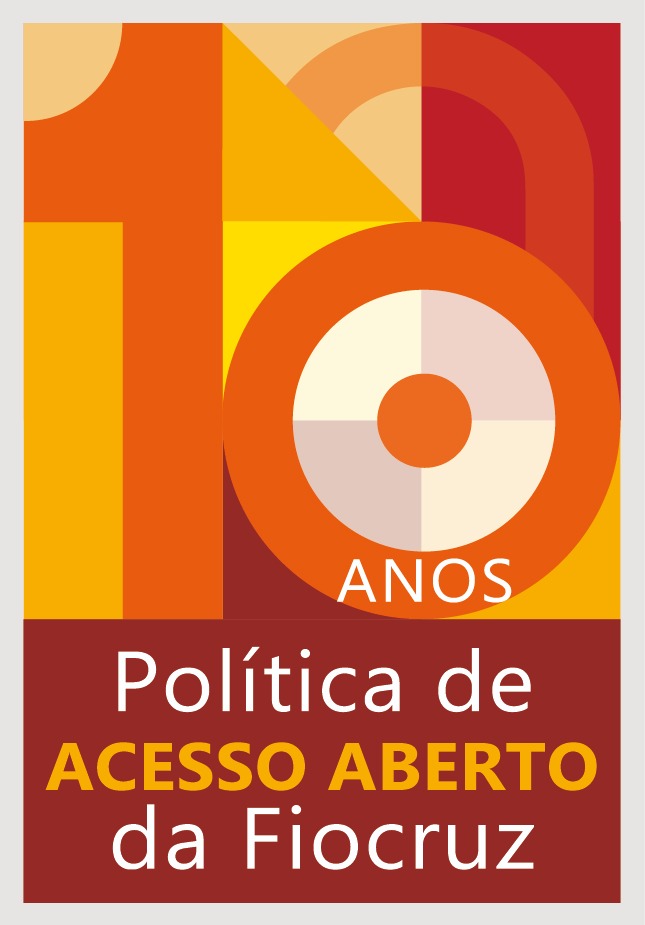Observatory of Children’s Health: Brazil has more than 40,000 COVID-19 orphans
28/12/2022
Bel Levy (Observa Infância)
In the first two years of the pandemic, 40,830 children and teenagers lost their mothers to COVID-19 in Brazil. The conclusion is from an unprecedented study carried out by researchers from Fiocruz and the Federal University of Minas Gerais (UFMG), released by the Observatory of Children’s Health (Observa Infância). The article with the results was published with open access (12/19) in the Springer Nature Journal Archives of Public Health.
According to Observa Infância’s coordinator Cristiano Boccolini, one of the study's authors, the impact of the COVID-19 pandemic on the lives of Brazilian children and teenagers requires the urgent adoption of intersectoral public policies to protect childhood. “Considering the health and economic crisis settled in the country, with the hunger returning, the increase in food insecurity, the growth of unemployment, the intensifying employment insecurity and the growing line for admission to social programs, it is urgent to mobilize society for the protection of childhood, with priority attention to this group of 40,830 children and teenagers who lost their mothers to COVID-19 in the first two years of the pandemic," says the Fiocruz Public Health researcher.
“Certainly the death of a parent, particularly the mother, is bounded to lifelong adverse outcomes and has serious consequences for the family's well-being, profoundly affecting the family structure and dynamics. Orphaned children are more vulnerable to emotional and behavioral problems, which requires intervention programs to mitigate the psychological consequences of orphanhood”, states Celia Landmann Szwarcwald, a researcher at the Information and Health Laboratory of the Institute of Scientific and Technological Communication and Information in Health (ICICT/Fiocruz).
The survey was based on COVID-19 deaths recorded in the Brazilian Mortality Information System (SIM) in 2020 and 2021 and data from the Information System on Live Births (Sinasc) between 2003 and 2020. "The research shows that COVID-19 accounted for a third of all deaths related to complications in labor and birth among young women, which represents a 37% increase in maternal mortality rates in Brazil compared to 2019, when it was already elevated. For every thousand babies born alive, one mother died in Brazil during the first two years of the pandemic," points out Cristiano, who signs the article along with Célia Landmann Szwarcwald (Fiocruz), Wanessa da Silva de Almeida (Fiocruz), Adauto Martins Soares Filho (UFMG), and Deborah Carvalho Malta (UFMG).
Adults
The study shows that in 2020 and 2021, COVID-19 accounted for a fifth of all deaths registered in Brazil (19%). The peak of the pandemic occurred in March 2021, with nearly 4 thousand deaths per day, higher than the average number of deaths per day from all causes in 2019. "The 40 to 59 age group had the highest proportion of COVID-19 victims compared to other causes of mortality. In this group, one in four Brazilians who died in 2020 and 2021 died related to COVID-19”, emphasizes Cristiano.
The research calculates COVID-19 mortality rates according to sex, age group, and education. “Up to the age of 30, the COVID-19 mortality rate is similar between men and women, but it starts to drift apart as of this age group. Overall, the COVID-19 mortality rate among men was 31% higher than among women," informs the Fiocruz Public Health researcher.
To estimate the impact of education on mortality from COVID-19, the researchers used data on deaths from the disease and the distribution of the Brazilian population by level of education from the National Health Survey. The results show that among illiterate adults COVID-19 mortality was three times higher than among those who had completed higher education.
“Given the natural history of several diseases, we are clear that education, together with other socioeconomic characteristics, is an important factor in prognosis. With COVID-19 it's no different. Socioeconomic inequality causes inequities in access to health services, therefore, hardships in timely diagnosis and treatment of cases,” says Wanessa da Silva de Almeida, also from Fiocruz.
Celia explains that the differences in mortality rates by educational level, with a greater burden among individuals with less education, reflect the unequal impact of the epidemic on socially disadvantaged Brazilian families - and that the impact was even greater among children and adolescents who became orphans and lost one of the family livelihood providers.
The authors of the study agree that the delay in adopting the necessary public health measures to control COVID-19 in Brazil aggravated the spread of the disease, resulting in losses of human life that could have been avoided. “As a consequence of the inappropriate management of the pandemic, in addition to creating a legion of orphans, Brazil lost about 19 years of productive life due to the death of young adults from COVID-19,” states Cristiano.
The study was funded by the National Council for Scientific and Technological Development (CNPq), the Bill and Melinda Gates Foundation, and Fiocruz (Innovative Ideas).
Observa Infância
The Observatory of Children’s Health (Observa Infância) is a science communication initiative that aims to provide society with data and information regarding the health of children up to 5 years of age. The main goal is to expand access to qualified information and to facilitate comprehension of the data obtained from national information systems.
The scientific evidence processed by the system is the result of investigations developed by researchers Patricia and Cristiano Boccolini within the ICICT/Fiocruz and of the Medical School of Petrópolis (FMP), of the Arthur de Sá Earp Neto Center (Unifase), with resources from the National Council for Scientific and Technological Development (CNPq) and of the Bill and Melinda Gates Foundation.



